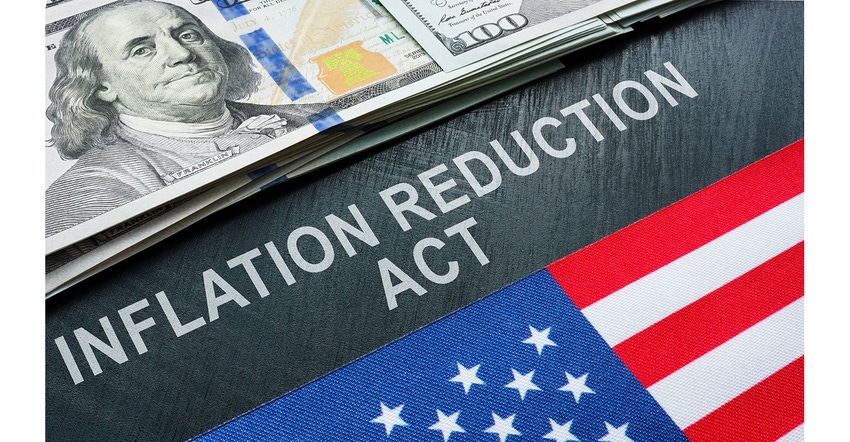What’s In the IRA for You? There’s an App for That
Set aside the Inflation Reduction Act law’s billion-dollar impact on the global battery supply chain this year: IRA Savings Calculator brings the benefits, in dollars, down to the household level.

A year ago this week, the Inflation Reduction Act (IRA) was signed into law. Since its enactment in August 2022, the IRA has catalyzed a flurry of actions within the battery supply chain over the past year. As of July, private enterprises have channeled over $503 billion into various endeavors, with a notable allocation of $103 billion dedicated to the advancement of electric vehicle and battery production, as per the Biden administration's records. A report by the Associated Press in July highlighted that almost 80 significant establishments for clean energy manufacturing have been unveiled, a financial commitment equivalent to the cumulative investments of the previous seven years. (Keeping up with the battery manufacturing facilities building spree has been a challenge for us.)
Even before the bill was signed, we were covering the ways it could specifically affect the battery industry (see ‘Senate Bill Could Mean a Battery of Changes’).
However, as pundit commentary marking the anniversary focuses on the law’s effects on climate change, healthcare, employment—even, oh, yeah, inflation!—it’s easy to miss its impact on individual households. One could readily think, “Yeah, yeah, the collective good, sure—but what’s in it for me?”
Turns out there’s an app for that.
The IRA Savings Calculator makes it personal
Rewiring America is an electrification nonprofit that “develop[s] accessible, actionable data and tools, … to make going electric easier for households and communities.” To this end, the organization has created an IRA Savings Calculator. All you do is type in a zip code, your homeowner status (don’t worry, renters—you qualify too), tax filing status, household income, and the number of household residents, and hit the “calculate!” button. Instantly, it spells out the available incentives, separates tax credits from rebates, estimates energy savings, and shares the dollar amount you, personally, can expect.
The US Department of Energy (DOE) introduced directives on July 27 to enable states, territories, and the District of Columbia to vie for a portion of the $8.5 billion allocated for electrification and energy efficiency incentives under the IRA. During a recent briefing with journalists, Deputy Secretary of the Energy Department, David Turk, said that “these rebates will start to be available to consumers in some states as early as the end of this year and continuing on a rolling basis in 2024.” The calculator takes the news guidelines into account.
There is a caveat: The calculator has a disclaimer, noting “The rebates may be implemented differently in each state, so we cannot guarantee final amounts, eligibility, or timeline.”
Still, it’s a great tool, and it’s fun to plug in different scenarios: I’m in the Detroit area; what if I lived in rural Michigan instead? What if I lived in Los Angeles or Lubbock, TX? If nothing else, it takes a year’s worth of huge dollar amounts and even bigger national and global stakes—and brings it down to your own doorstep.
About the Author(s)
You May Also Like





